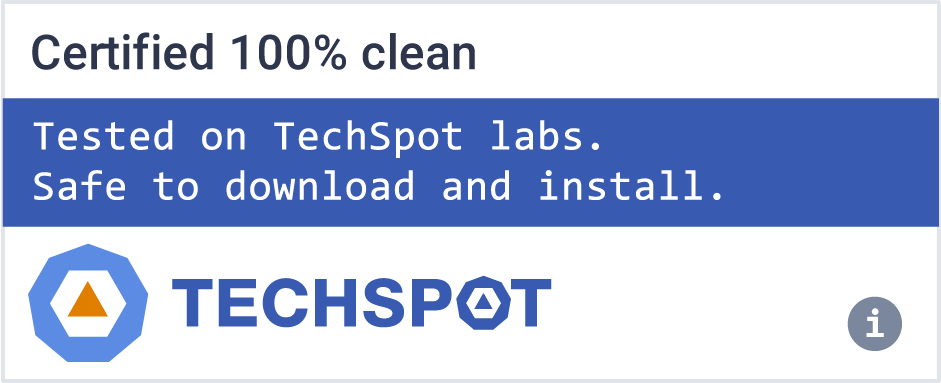Development focuses on simplicity, minimalism, and code elegance. Arch is installed as a minimal base system, configured by the user upon which their own ideal environment is assembled by installing only what is required or desired for their unique purposes. GUI configuration utilities are not officially provided, and most system configuration is performed from the shell and a text editor. Based on a rolling-release model, Arch strives to stay bleeding edge, and typically offers the latest stable versions of most software.
Following The Arch Way philosophy, Arch Linux is lightweight, flexible, simple and aims to be very UNIX-like. A minimal environment (no GUI) compiled for i686/x86-64 architectures is provided upon installation: rather than tearing out unneeded and unwanted packages, the user is offered the ability to build up from a minimal foundation without any preemptively-chosen defaults. Arch's design philosophy and implementation make it easy to extend and mold into whatever kind of system is required, from a minimalist console machine to the most grandiose and feature-rich desktop environments available: it is the user who decides what his Arch system will be.
Arch Linux strives to maintain the latest stable release versions of its software as long as systemic package breakage can be reasonably avoided. It is based on a rolling-release system, which allows a one-time installation with continuous upgrades, without ever having to reinstall and without having to perform the elaborate procedures involved in system upgrades from one release version to the next. By issuing one command, an Arch system is kept up-to-date and on the bleeding edge.
Arch incorporates many of the newer features available to GNU/Linux users, including the systemd init system, modern filesystems (Ext2/3/4, Reiser, XFS, JFS, BTRFS), LVM2/EVMS, software RAID, udev support and initcpio (with mkinitcpio), as well as the latest available kernels.
Arch Linux is a versatile and simple distribution designed to fit the needs of the competent Linux user. It is both powerful and easy to manage, making it an ideal distro for servers and workstations. Take it in any direction you like: if you share this vision of what a GNU/Linux distribution should be, then you are welcomed and encouraged to use it freely, get involved, and contribute to the community.
If you are interested in giving Arch Linux a try on your current computer without running any risk, please check out our Guide: Running Linux From a USB Drive As a Virtual Machine or Bootable Disk.
What's New
- 0a43186 ZEN: Add sysctl and CONFIG to disallow unprivileged CLONE_NEWUSER
- 2d876c0 drivers/firmware: skip simpledrm if nvidia-drm.modeset=1 is set
- 477fd0b arch/Kconfig: Default to maximum amount of ASLR bits
- 32f2ac3 docs: kernel_include.py: Fix build with docutils 0.21.1
- 2e35697 Arch Linux kernel v6.8.8-arch1
Added
- Support file system transposition to simplify boot medium preparation for UEFI boot via extracting the ISO image contents to a drive. grub.cfg does not hardcode the ISO volume label anymore, instead GRUB will search for volume with a /boot/grub/YYYY-mm-dd-HH-MM-SS-00.uuid file on it.
- Preload GRUB's NTFS modules for UEFI that allegedly have native NTFS support. GRUB's exFAT and UDF modules are also preloaded in case someone finds them useful.
Changed
- Identify the ISO volume via a UUID instead of a file system label to avoid collisions of multiple ISOs created in the same month.
- Honor SOURCE_DATE_EPOCH in the date command used by profiledef.sh of the shipped profiles.
- Do not duplicate grub.cfg in both ISO 9660 and the EFI system partition / El Torito image. GRUB will search for the ISO volume and load the grub.cfg from there.
- Moved GRUB files on ISO 9660 from /EFI/BOOT/ to a boot-platform neutral place /boot/grub/. This does not apply to the EFI binaries that remain in the default/fallback boot path.
- Move grubenv to /boot/grub/grubenv on ISO 9660 so that it is together with the rest of GRUB-specific files. Additionally write more variables in it. The previous /${install_dir}/grubenv (/arch/grubenv for releng) is deprecated and a future archiso release will not create this file anymore.
- Moved syslinux directory from /syslinux/ to /boot/syslinux/ to keep most boot loader files in /boot/.
- Update README.transfer documentation and convert it to reStructuredText.
- Use console as grub's terminal_output, as gfxterm leads to a blank screen on some hardware.
Removed
- Do not place memtest86+ in netboot artifacts.

